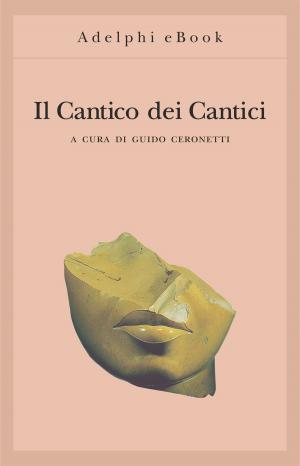The Genesis and Geometry of the Labyrinth
Architecture, Hidden Language, Myths, and Rituals
Nonfiction, Religion & Spirituality, New Age, Mysticism, Social & Cultural Studies, Social Science, Folklore & Mythology, Inspiration & Meditation, Spirituality| Author: | Patrick Conty | ISBN: | 9781594776069 |
| Publisher: | Inner Traditions/Bear & Company | Publication: | December 1, 2002 |
| Imprint: | Inner Traditions | Language: | English |
| Author: | Patrick Conty |
| ISBN: | 9781594776069 |
| Publisher: | Inner Traditions/Bear & Company |
| Publication: | December 1, 2002 |
| Imprint: | Inner Traditions |
| Language: | English |
A groundbreaking look at the phenomenon of the labyrinth, connecting this ancient symbol to modern scientific principles.
• Illustrated with labyrinths from around the world and throughout history.
• Demonstrates how the labyrinth differs from a maze and how it is a tool for interpreting ancient myths and religious beliefs.
• Draws parallels between the labyrinth and quantum physics, showing how through the secrets of the labyrinth we can unlock the mystery of life itself.
The powerful symbol of the labyrinth exists in countless cultures spanning the globe from Africa and ancient Greece to India, China, and pre-Colombian North and South America. For centuries they have been used for religious rituals, meditation, and spiritual and physical healing. In the labyrinth humanity finds a model of the quintessential sacred space that depicts the most profound levels of consciousness. Its center is regarded in many cultures as a door between two worlds, thus providing individuals with the ideal place for self questioning and meditation.
In a comprehensive exploration of this time-honored symbol, Patrick Conty shows how the geometrical construction of the ancient labyrinth corresponds exactly with today's modern geometry, illustrating that recent developments in math and physics parallel the science of ancient civilizations. By looking at the way the two systems complement each other, Conty draws new conclusions about the ancient world and how that world can benefit us right now. Conty explores not only physical labyrinths but also reveals how the same transcendent principles are at work in Celtic knot work; the designs of ancient Chinese cauldrons; the tattoos and tracings of primitive art; the textiles of Africa, Peru, and Central America; and the geometric patterns in Islamic art.
A groundbreaking look at the phenomenon of the labyrinth, connecting this ancient symbol to modern scientific principles.
• Illustrated with labyrinths from around the world and throughout history.
• Demonstrates how the labyrinth differs from a maze and how it is a tool for interpreting ancient myths and religious beliefs.
• Draws parallels between the labyrinth and quantum physics, showing how through the secrets of the labyrinth we can unlock the mystery of life itself.
The powerful symbol of the labyrinth exists in countless cultures spanning the globe from Africa and ancient Greece to India, China, and pre-Colombian North and South America. For centuries they have been used for religious rituals, meditation, and spiritual and physical healing. In the labyrinth humanity finds a model of the quintessential sacred space that depicts the most profound levels of consciousness. Its center is regarded in many cultures as a door between two worlds, thus providing individuals with the ideal place for self questioning and meditation.
In a comprehensive exploration of this time-honored symbol, Patrick Conty shows how the geometrical construction of the ancient labyrinth corresponds exactly with today's modern geometry, illustrating that recent developments in math and physics parallel the science of ancient civilizations. By looking at the way the two systems complement each other, Conty draws new conclusions about the ancient world and how that world can benefit us right now. Conty explores not only physical labyrinths but also reveals how the same transcendent principles are at work in Celtic knot work; the designs of ancient Chinese cauldrons; the tattoos and tracings of primitive art; the textiles of Africa, Peru, and Central America; and the geometric patterns in Islamic art.















